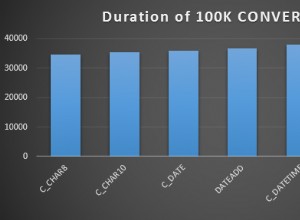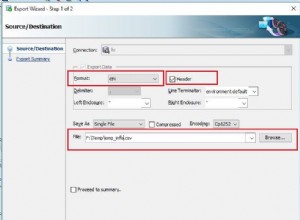j'ai eu le même problème, après avoir lu les messages, j'ai décidé de créer une classe hérite de MySqlMigrationSqlGenerator et de remplacer protected override MigrationStatement Generate ( CreateIndexOperation op ) , puis sur la configuration de la migration j'ajoute :SetSqlGenerator ( "MySql.Data.MySqlClient", new myMigrationSQLGenerator ( ) );
voici le code de la classe :
public class myMigrationSQLGenerator : MySqlMigrationSqlGenerator
{
private string TrimSchemaPrefix ( string table )
{
if ( table.StartsWith ( "dbo." ) )
return table.Replace ( "dbo.", "" );
return table;
}
protected override MigrationStatement Generate ( CreateIndexOperation op )
{
var u = new MigrationStatement ( );
string unique = ( op.IsUnique ? "UNIQUE" : "" ), columns = "";
foreach ( var col in op.Columns )
{
columns += ( $"`{col}` DESC{( op.Columns.IndexOf ( col ) < op.Columns.Count - 1 ? ", " : "" )}" );
}
u.Sql = $"CREATE {unique} INDEX `{op.Name}` ON `{TrimSchemaPrefix ( op.Table )}` ({columns}) USING BTREE";
return u;
}
}
et voici le code sur Migrations\Configuration.cs :
public Configuration ()
{
AutomaticMigrationsEnabled = false;
SetSqlGenerator ( "MySql.Data.MySqlClient", new myMigrationSQLGenerator ( ) );
}
ce travail pour moi.




